Contents
- Leisure tourism
- Business tourism (MICE — Meetings, Incentives, Conferences, and Exhibitions)
- Adventure tourism
- Cultural & heritage tourism
- Eco & sustainable tourism
- Wellness and medical tourism
- Luxury tourism
- Rail and cruise tourism
- Sports and event tourism
- Religious and pilgrimage tourism
1. Leisure tourism
When you talk about the term “tourism,” leisure tourism is the first thing that comes to the minds of many tourists. Also known as vacation tourism, leisure tourism is when travelers seek relaxation, entertainment, and sightseeing.
One thing about leisure tourism is that it is similar to cultural and heritage tourism and adventure tourism, because travelers tend to stack their travel itineraries to include adventure activities and cultural and heritage experiences.
As a travel advisor or agency, leisure tourism is one of the top ways to build a compound portfolio because it explores luxury accommodations, rural settings, mountains, food and culinary explorations, wellness, and more.
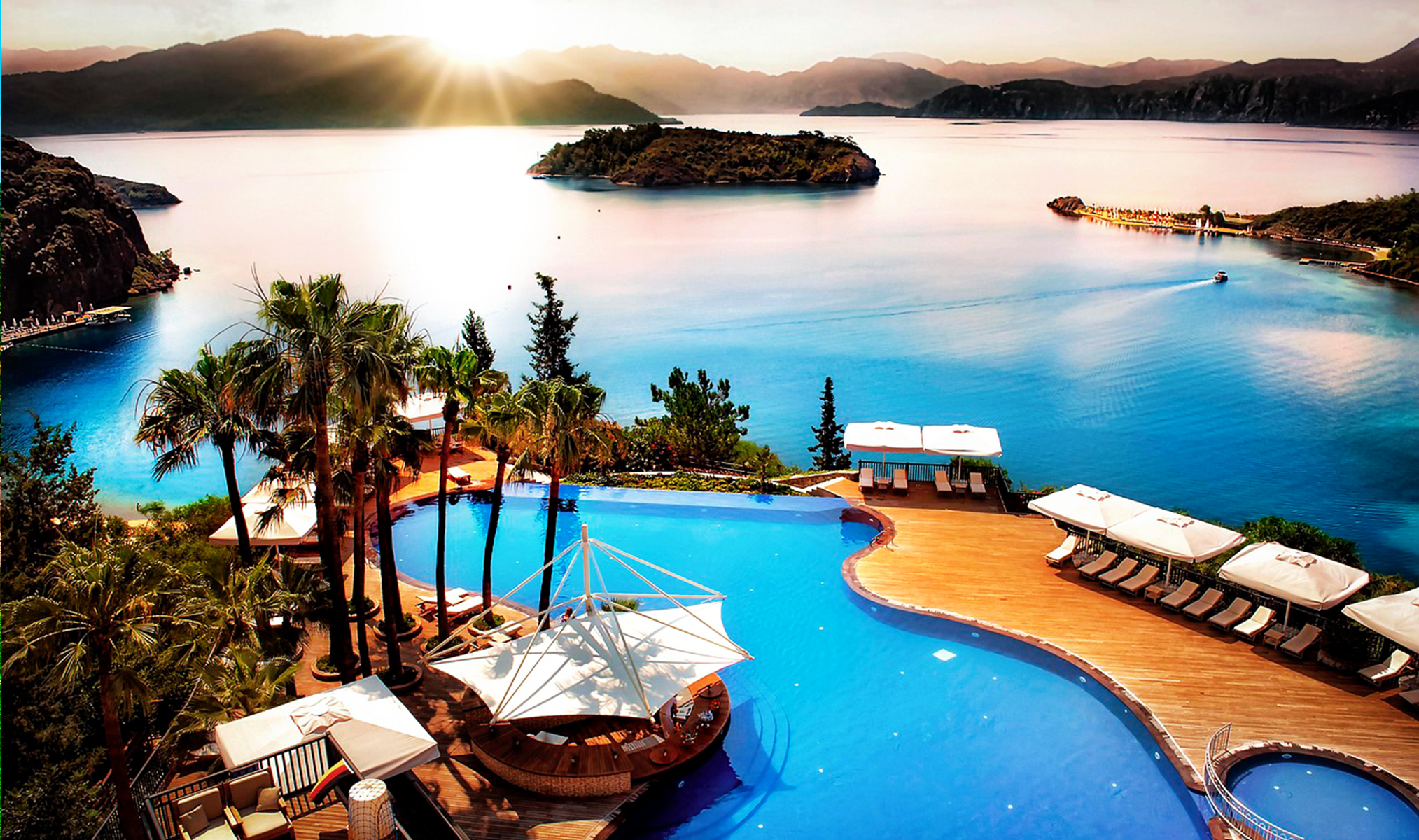
Photo: Alpcem / pixabay.com
Popular leisure tours include beaches, resorts, theme parks, and cities with cultural heritage attractions. Leisure tours also peak during summer and the holidays, which gives ample time for travel agents to plan and book travel itineraries for this period.
2. Business tourism (MICE — Meetings, Incentives, Conferences, and Exhibitions)
Business tourism is unlike leisure traveling because it serves a completely different need. Also known as corporate tourism, travelers are expected to work in some form. This includes attending meetings, conferences, or exhibitions in order to achieve an incentive-based goal.
As a travel agency, business tourism is mostly set up by organizations on behalf of their employees, which includes a business goal and activity-aligned itinerary that serves business purposes.
Build your portfolio and expertise in business tourism as a travel agency from anticipating the needs of corporate organizations.
Focus on major business travel hubs like New York, London, Singapore, and Dubai.

Photo: JaimePLopes / pixabay.com
From easy access routes, airport transfers and corporate -friendly, high-end accommodations to networking events, and team-building activities, business tourism is a growing subset of tourism and is expected to grow in the coming years.
3. Adventure tourism
Adventure tours are a growing demand that targets thrill-seekers looking for physical and mental challenges and extreme sports. Adventure tourism includes activities like mountaineering, hiking, scuba diving, skydiving, white-water rafting, and safaris. Since it is deeply rooted in connecting with nature, it also attracts eco-conscious travelers looking for immersive nature experiences.
The most popular destinations for adventure tours are Nepal (Everest Base Camp), New Zealand, Costa Rica, and Patagonia. When planning a travel itinerary or travel package for adventure travelers, look out for rural, unique spots that will challenge your tourists.
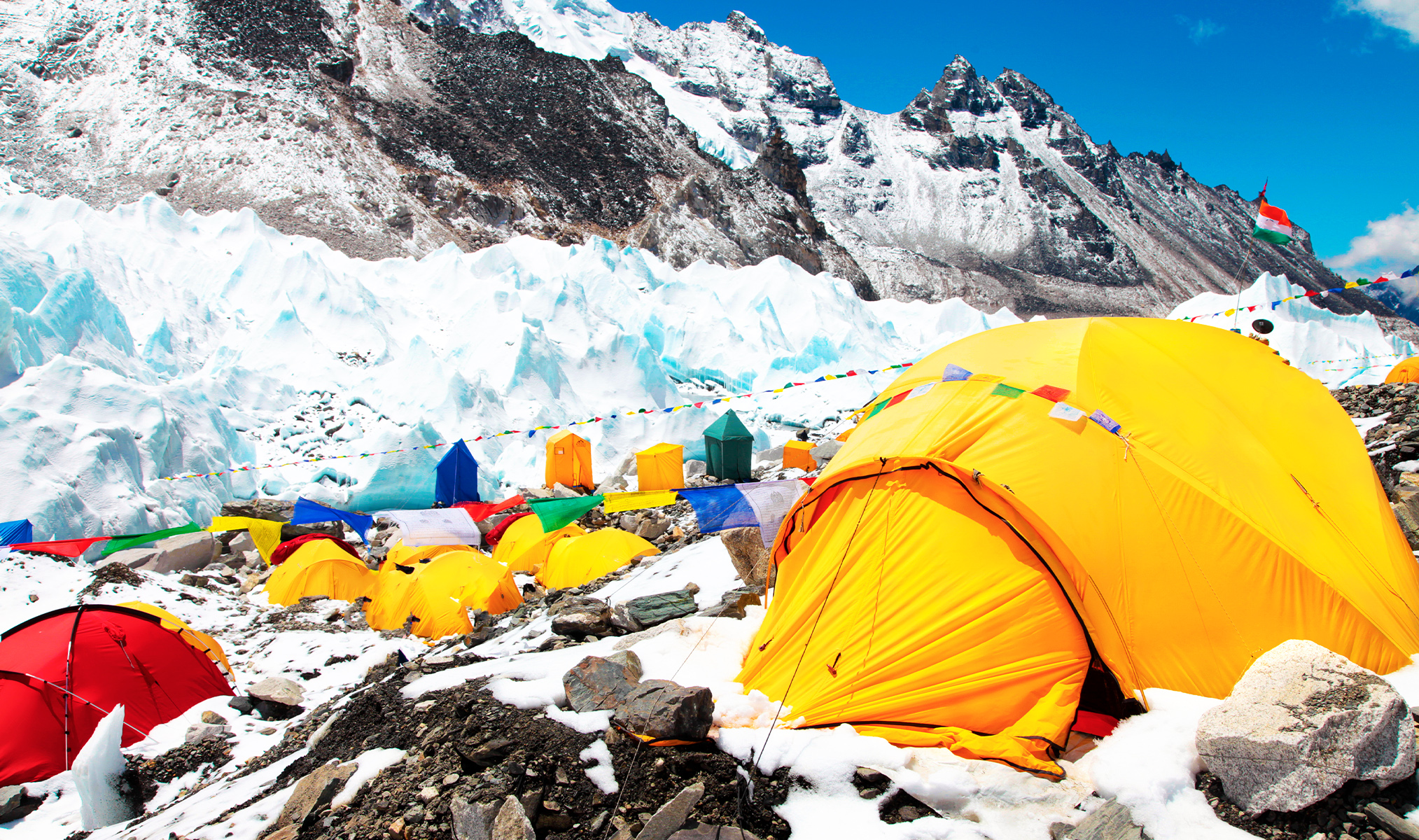
Photo: Slepitssskaya / Shutterstock.com
Introducing your clients to unexposed, yet welcoming tribes also provides unique insights and fresh experiences into how other cultures survive sparking their adventure instincts.
4. Cultural & heritage tourism
With the advent of technology and social media, cultural tourism has seen a recent increase that shows no signs of slowing down soon.
This type of tourism appeals to people interested in experiencing history, art, and cultural traditions different from what they are used to. It explores historical sites, local traditions, and indigenous cultures.
Culinary exploration, also known as food tourism, is a part of cultural and heritage tourism that attracts many travelers. This is because it is a sensory experience that tells its own story about the tastes of history and tradition.
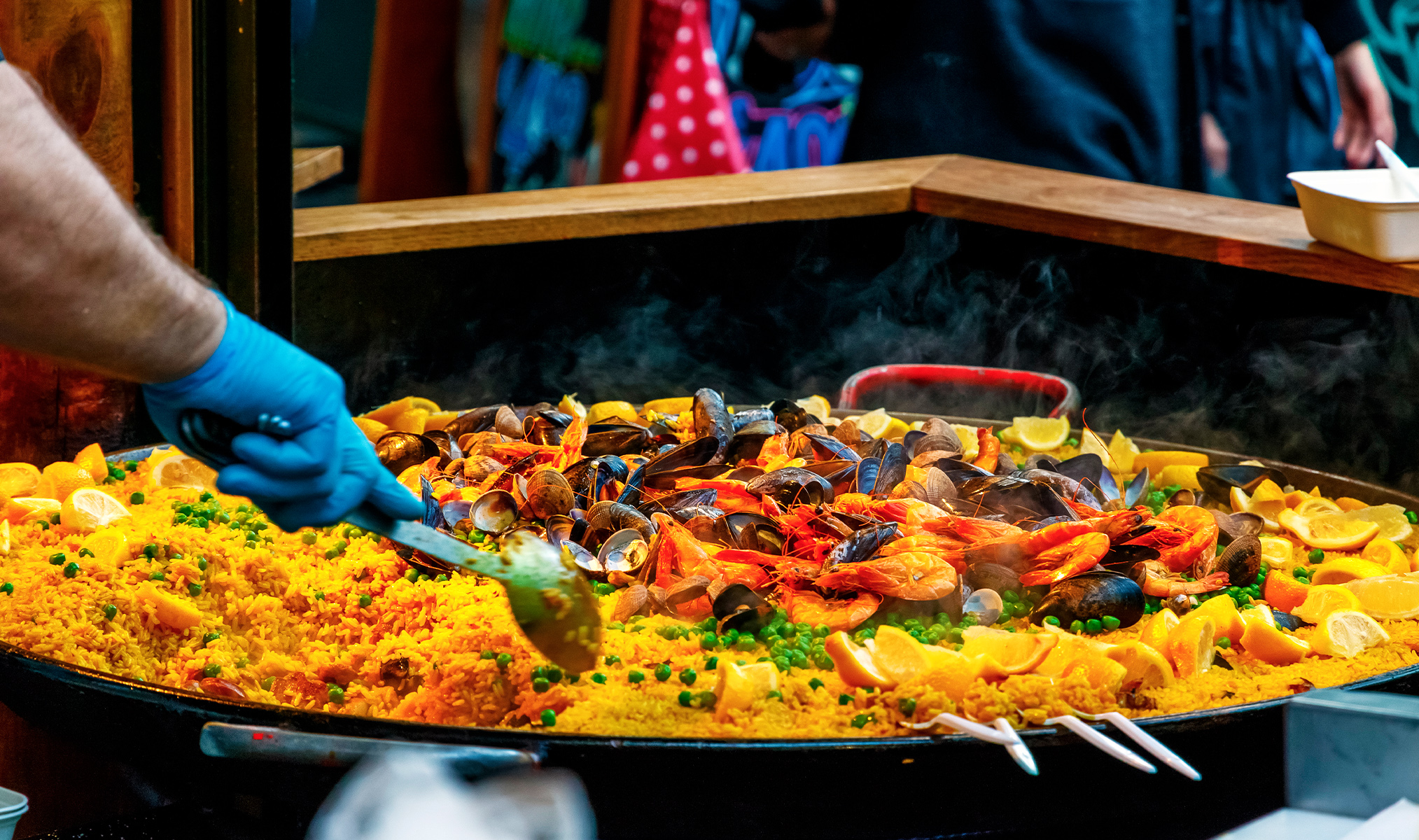
Photo: I Wei Huang / Shutterstock.com
With cultural and heritage tourism, the world is a destination for curious travelers. Travel advisors can plan expansive itineraries spanning across multiple countries where tourists can explore art, heritage sights, and enjoy the unique culinary traditions of each site.
This tells an expansive story where tourists feel like a part of the destination through their unique experiences leading to return clients and booked-out services.
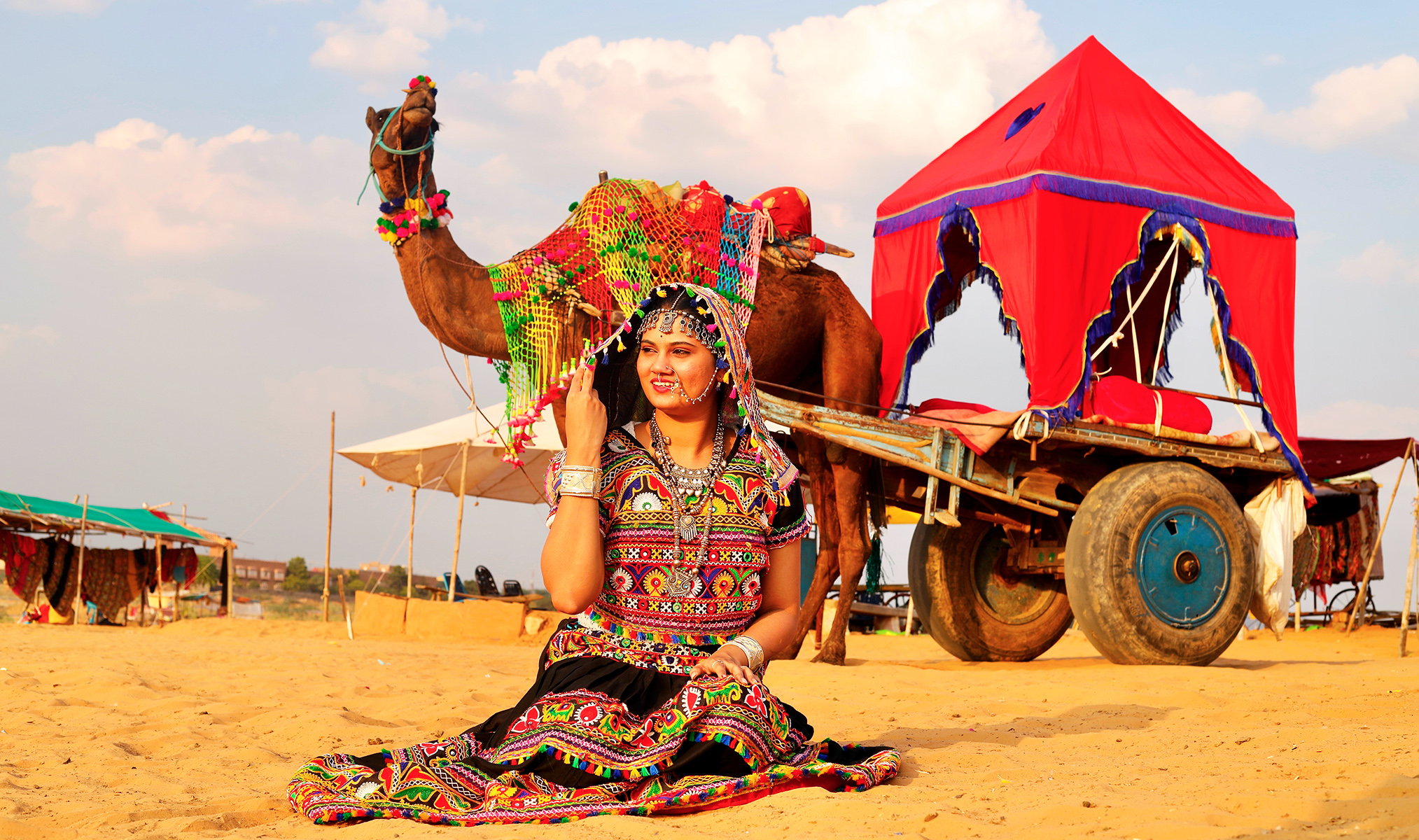
Photo: manoj_kulkarni / Shutterstock.com
5. Eco & sustainable tourism
Ecotourism is one of the unique traveling experiences that focuses on environmentally friendly travel and conservation efforts. Since climate change and its effects became widespread, eco and sustainable tourism has begun to grow.
This type of responsible tourism is directed towards exotic and threatened, natural environments with a goal to support conservation efforts and observe wildlife. The unique aspect of eco and sustainable tourism is that it encourages physical participation.
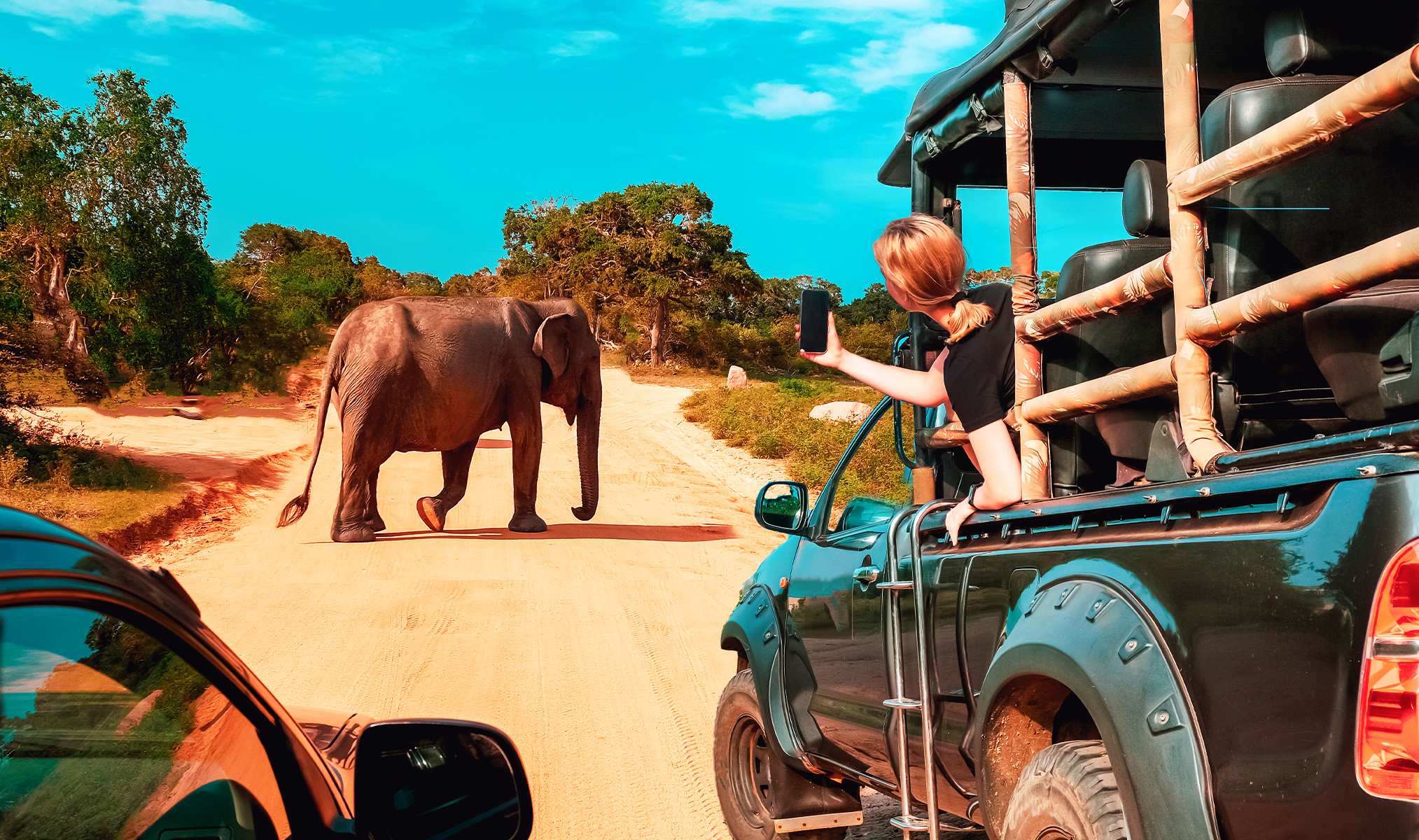
Photo: Shyntartanya / Shutterstock.com
From visiting safaris to living in eco-lodges and appreciating the natural environment to volunteering and actively contributing to sustainability efforts, eco and sustainable tourism is one of the most fulfilling types of tourism that helps travelers take active steps in understanding and protecting their environment.
Some tips to promote eco and sustainable tourism to your clients:
- Adopting eco-friendly practices
- Supporting and respecting local communities and businesses
- Supporting the efforts in taking care of heritage places
- Creating avenues to educate your audience
- Encouraging carbon offsetting
- Promoting sustainable eating and accommodations and more.
6. Wellness and medical tourism
Wellness tourism and medical tourism are growing in demand worldwide. The total value of both industries reached over half a trillion dollars. This tourism caters to travelers seeking healthcare services outside of their country’s borders.
With wellness tours, travelers require spa retreats, yoga resorts, and other holistic healing centers.

Photo: shellygraphy / Shutterstock.com
Medical tourism, on the other hand, focuses on healthcare services like dental care, cosmetic surgeries, fertility treatments, and other regular healthcare services to take advantage of lower costs offered in different countries.
There is a high demand for integrative wellness experiences like Ayurveda and meditation retreats by wellness and medical travelers, as well as comfortable accommodation and a curated culinary experience to support their health and wellness needs. Countries like Thailand, India, Turkey, and Mexico are popular wellness and medical tourism destinations.
To create a unique travel experience, travel agencies and experts can partner with top-tier wellness resorts and medical centers to ensure maximum rest, relaxation, and recovery for your clients during and after the procedures and visits.

Photo: l i g h t p o e t / Shutterstock.com
7. Luxury tourism
Luxury tourism is a type of tourism that caters to high-end individuals, promising exclusive experiences. This includes personalized services, private yachts, five-star resorts, Michelin-star dining, and VIP access.
With the turn of events and shifting trends, luxury tourism also incorporates aspects of sustainable tourism, and real cultural interactions and experiences in rural settings.
Partner with luxury destinations for a better access to understand luxury tourism needs.
Because clients expect premium services, seamless travel planning, and privacy, it is important to create unique travel packages that cater to their needs, including activities that create unique perspectives and create value.
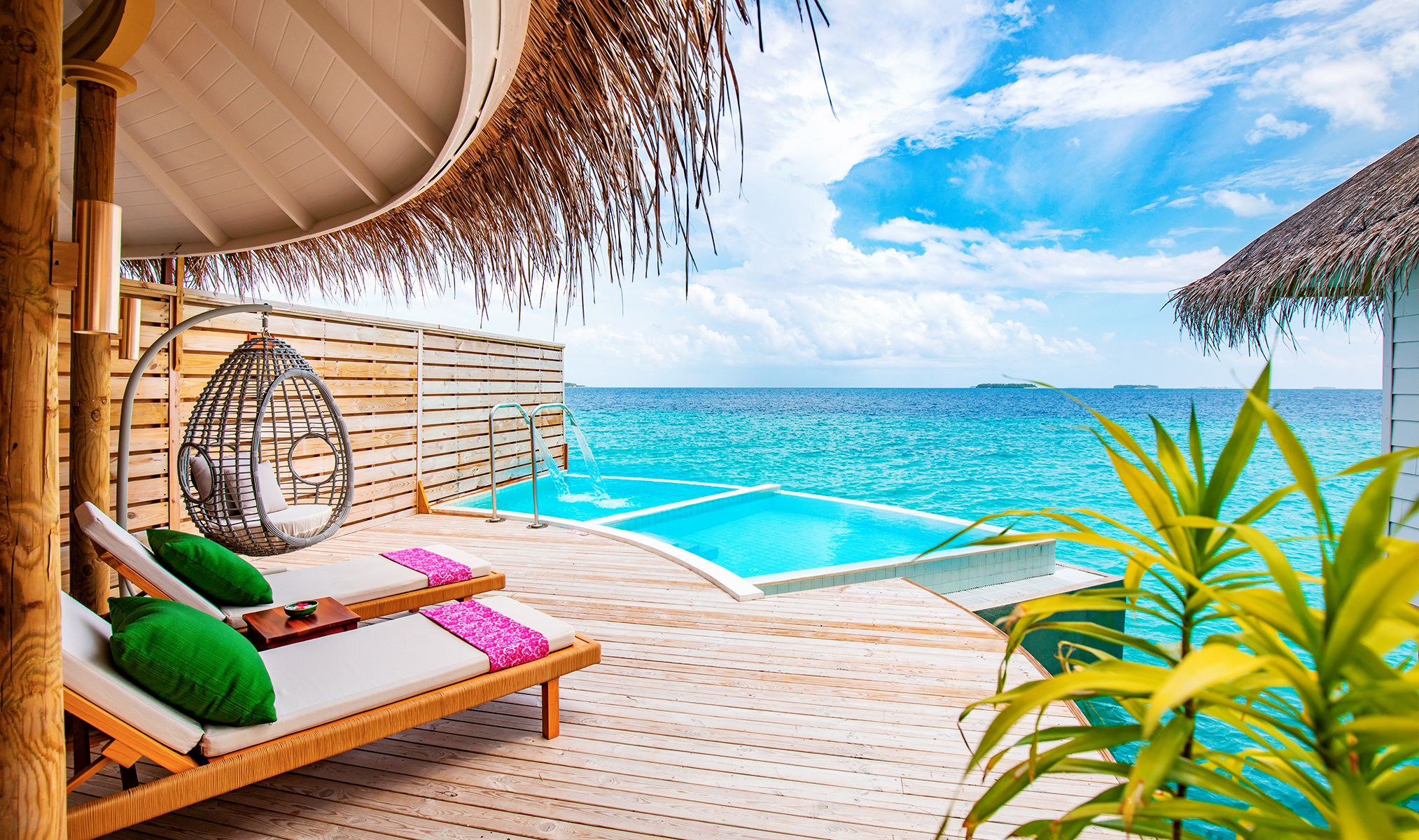
Photo: icemanphotos / Shutterstock.com
8. Rail and cruise tourism
Cruise tourism is further broken down into water cruises (ocean, river, and expedition cruises) and rail tours. This type of tourism appeals to families, retirees, honeymooners, and individuals just seeking an all-inclusive cruise experience.
Cruise tourism is appealing to these travelers because it involves traveling via luxury cruise ships and rails with planned port stops where travelers can enjoy the best of their port destinations as well as the best onboard team.
Popular cruise routes include the Caribbean, Mediterranean, Asia, Alaska, and the Norwegian Fjords. Luxury rail routes include the Venice Simplon-Orient-Express, Maharajas’ Express, Glacier Express, and The Ghan.
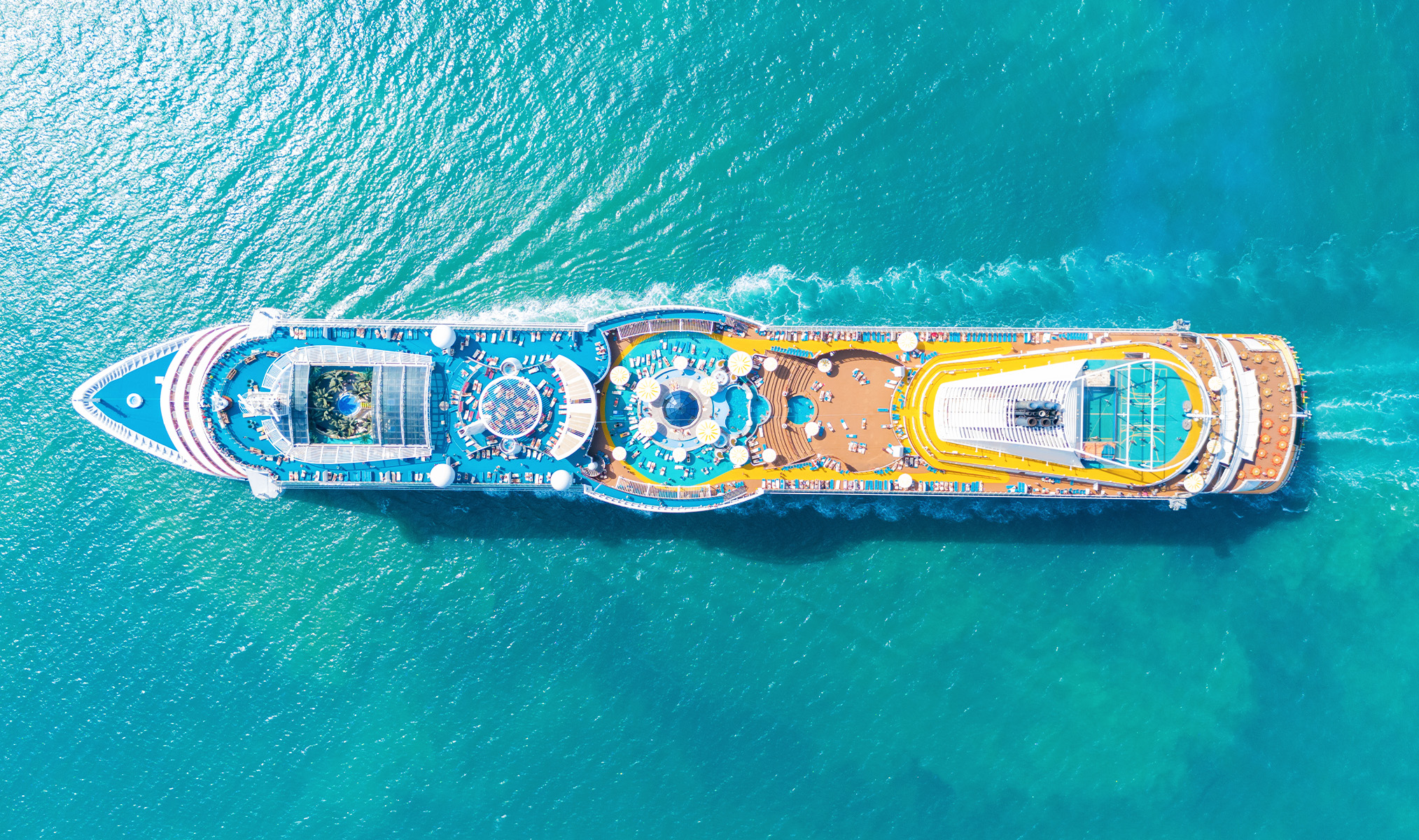
Photo: GreenOak / Shutterstock.com
To capture travelers interested in water and rail cruises, create and sell unique travel packages to different demographics. This attracts a wide range of interested travelers.
9. Sports and event tourism
Sports and event tourism is travel for major sporting events. This includes the Olympics, FIFA World Cup, F1, and more. Soccer is one of the biggest sports supporting sports and event tourism, seeing millions of fans and supporters travel for popular sporting events.
To capitalize on event tourism demand, curate fan tourism and athlete-related travel packages, including transportation, accommodation, and exploratory events, to ensure that travelers are fully entertained and satisfied throughout their trip.

Photo: oneinchpunch / Shutterstock.com
10. Religious and pilgrimage tourism
Religious and pilgrimage visits are the greatest contributors to the GDP of the countries and areas where these cities are. Places like Mecca, the Vatican, Jerusalem, Varanasi, and more get millions of visitors yearly in supplication for their beliefs.
Since this is a seasonal demand, travel agencies can create unique travel experiences including appealing items like transportation and accommodation for travelers so they feel secure during their visit.
To ensure maximum satisfaction and corner the market because demand peaks during religious festivals and annual pilgrimage seasons, partner with institutions and organizations that make special considerations for religious group travel to ensure that your travelers’ needs are met.
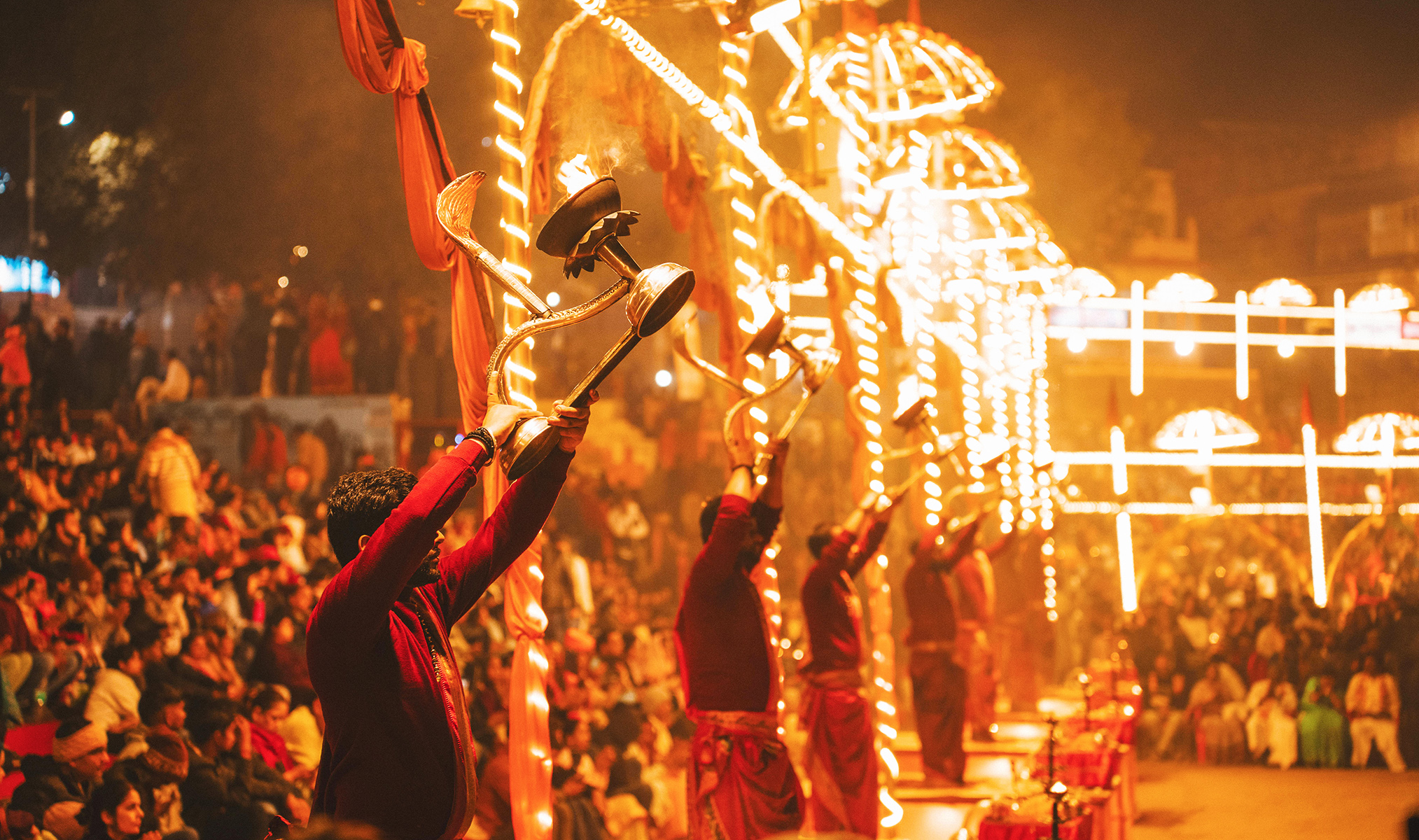
Photo: Yash Rai / pexels.com
Conclusion
From leisure, medical and business, to travel, eco, and sports, there are many types of tourism and subsets of tours that travelers are drawn to. Each of these tourism types has a unique impact on the travel industry and their travelers.
One of the most important aspects of providing a successful travel service is ensuring quality accommodations for your clients. RateHawk is an unrivalled online booking tool that helps travel professionals with everything pertaining to accommodation.
Explore niche tourism markets to diversify your offerings and provide an unforgettable travel experience for your clients.






